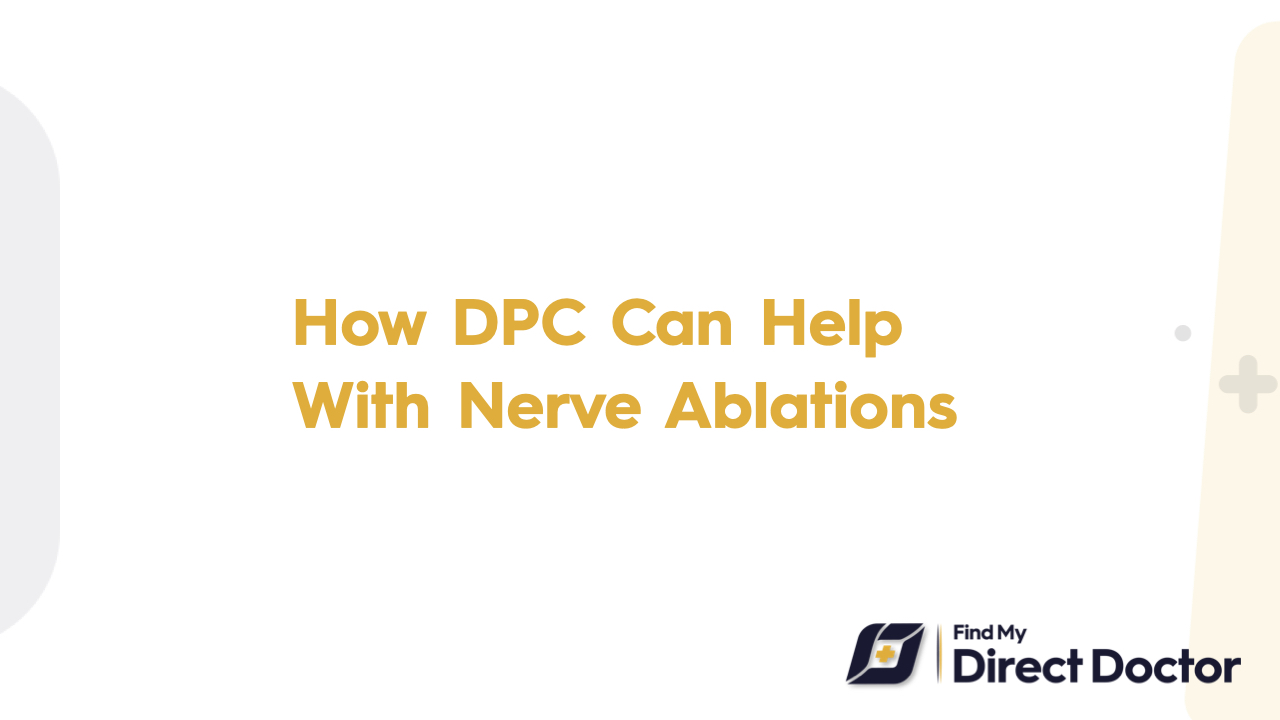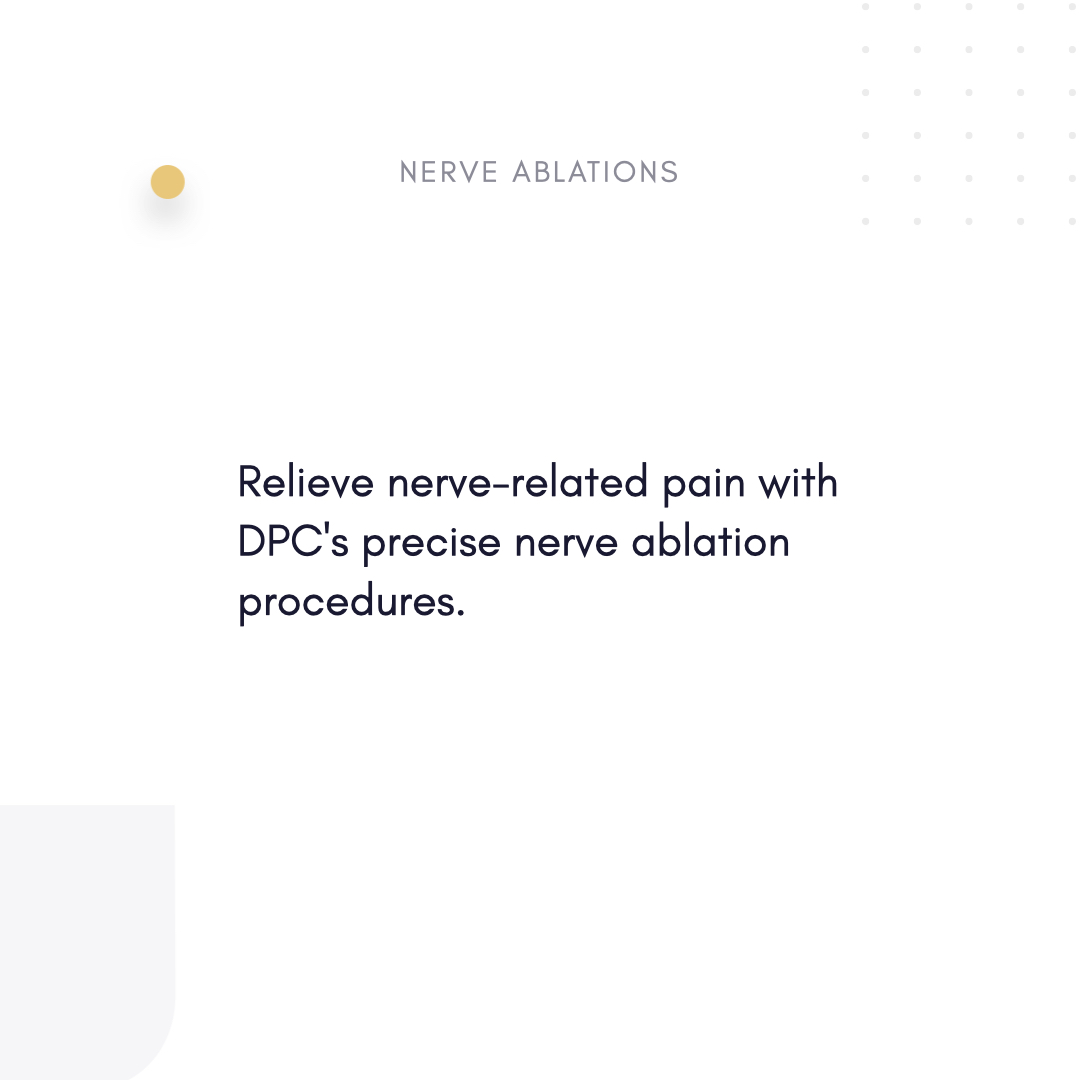Nerve Ablations and Direct Primary Care (DPC): Targeted Pain Relief, Personalized Care
If arthritis, neuropathy, or facet joint problems cause you chronic pain that makes it hard to live your life, nerve ablation can help. DPC makes sure that this procedure is done correctly and that you get the care you need afterwards.

Understanding Nerve Ablation: Stopping Pain Signals
Nerve ablation uses heat (radiofrequency) or cold (cryotherapy) to stop pain signals from certain nerves. Some common targets are:
- Facet joints: For arthritis in the spine.
- Genicular nerves: For osteoarthritis of the knee.
- Peripheral nerves: For long-term neuropathic pain.
The effects last for six to eighteen months.
Important information:
- Uses: Treats long-term pain that doesn't respond to injections or medications.
- Safety: Low risk; numbness or soreness that goes away after a while.
- Costs: DPC lowers fees, while traditional ablations cost between 1,000 USD and 3,000 USD.
Risks of not treating pain:
- Becoming dependent on opioids and losing mobility.
How DPC Improves the Results of Ablation
Direct Primary Care (DPC) replaces disjointed pain management with coordinated, patient-centered care.
1. Full Planning Before the Procedure
- Blocks for diagnosis: Use lidocaine injections to confirm the target nerves.
- For accuracy, use ultrasound or fluoroscopy to guide the imaging.
- Review of medications: Change blood thinners or NSAIDs before the procedure.
2. Clear costs and support for the whole person
- Prices that include everything: Consultations, procedures, and follow-ups are all included in the membership.
- Lower costs: Self-pay rates can save you between 500 USD and 1,500 USD.
- Talk about spinal cord stimulators if ablation isn't the best choice.
3. Caring Recovery and Long-Term Relief
- Access 24/7: Take care of any swelling or pain right away after the procedure.
- Personalized rehab plans: Help you do gentle exercises to stay mobile.
- Preventive care: Suggest managing weight and getting physical therapy.
Stories of Success in Real Life
- Case 1: John, 65, has osteoarthritis in his knees. John's DPC team cut off the genicular nerves, which made him use 70% less opioids.
- Case 2: Maria, 50, has pain in her facet joints. Maria's DPC provider used RFA, which let her garden without pain for a year.
Frequently Asked Questions: Nerve Ablation in DPC
- Q: When will I feel better?
- A: 1 to 3 weeks; full effect in 6 weeks.
- Q: How many nerves can you treat?
- A: Several nerves per session; DPC plans based on pain mapping.
- Q: Is it possible to do ablation again?
- A: Yes, when the pain comes back (usually after 6 to 18 months).
- Q: What if the pain doesn't go away?
- A: DPC looks into other nerves or treatments, such as PRP.
Why DPC is the best at managing pain
The American Society of Interventional Pain Physicians (ASIPP) stresses the importance of precise targeting. DPC provides by:
- Cutting down on wait times: 90% of procedures happen within 2 weeks instead of the usual 6 or more weeks.
- Lessening problems: Image guidance lowers the number of misplaced items by 60%.
- How to save money: Bundled care saves members between 800 USD and 2,000 USD a year.
Final Thoughts
DPC nerve ablation isn't just about getting rid of pain; it's also about getting you back to moving and living your life to the fullest. When you use DPC, you get a partner who makes sure you get the right treatment, keeps an eye on your recovery, and changes your care as needed. No insurance problems, no broken follow-ups—just expert help that gets you back to living a full, pain-free life.






